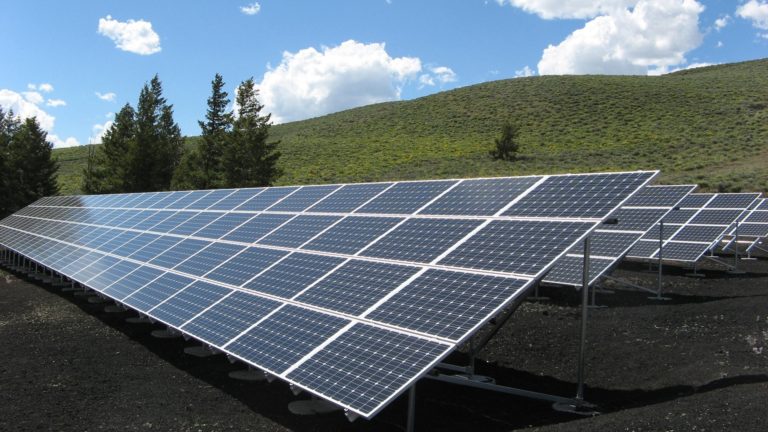
Increase in power demand lead to expansion in solar installations, espicailly in a country like India . Even though the life expectancy of solar panel is around 20 years, the actaul life of the panel may be less due to number of factors. Due to improper opeartion and maintenence of solar panels, performance of the photovoltaic module deteriorates eventually.
Thermography is a useful tool to troubleshoot and assess the quality of solar panel installations. The thermographic inspection of PV modules will help us identify potential defects or electrical interconnection issues. The thermography study can be carried out when solar power plant is in operation and do not require any shut down.
Following issues can be addressed with the help of thermography:
- Defective bypass diode.
- Short circuits and falling connection.
- Penetration of moisture and/or dirt.
- Cracked cells or glass cracks.
- Failed or disconnected modules.
- Mismatched panels with different capacities.
- Loose contact and wiring fault.
- Wear and tear.

Thermography will help to identify panel hotspots. Overheated cells can damage the casing material and cause delamination. Shade on the module or a defective cell can change the module from power production to power consumption resulting in heating the cell which will show as a hotspot in the thermal image. A defective or mismatched bypass diode may cause the same effect. The solar panel hotspots create two issues:
- Fall in overall power production since cells consume power instead of producing.
- Power consumption continues to heat up cells and affect the production of neighboring cells.
Why Thermography for Solar Panels?
- Quality assurance of solar panel installation.
- Prevention of the power yield loss.
- Assurance of quality.
- Overheating Protection.
- Corroded contacts or connectors.
Client Benefit
- Ensure reliable operation during the full lifetime cycle of a solar module.
- Anomalies can clearly be seen on a thermal image, unlike other methods.
- Solar panels can be inspected during the normal operation.
- Finally, thermal imaging also allow us to scan large areas within a short time frame.
